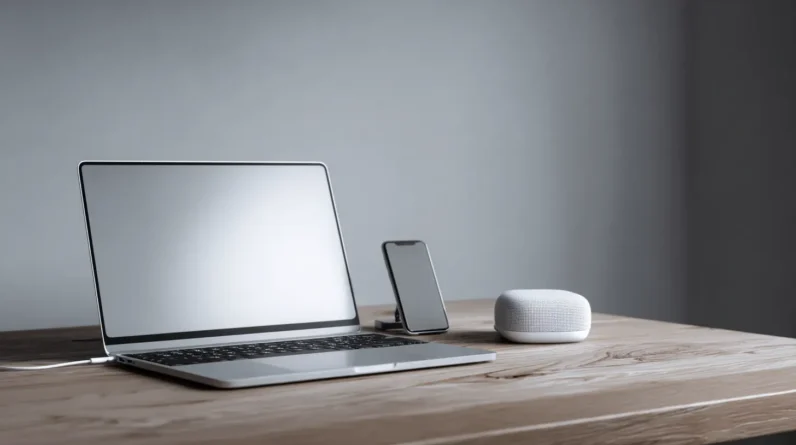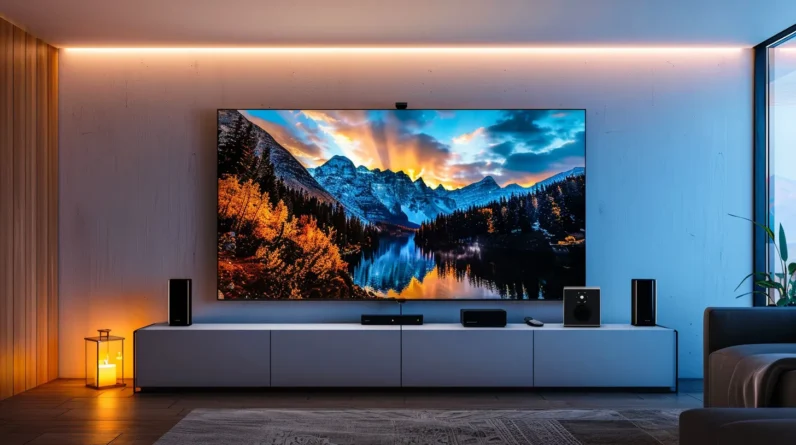
Smart devices collect extensive data about our daily lives, from conversations and movements to shopping habits and biometric information, often without our full awareness. We’re leaving digital footprints through every interaction with connected devices, which companies can analyze, share, or sell. While these devices offer convenience, they expose us to privacy risks including data breaches and unauthorized access. Understanding our rights and taking protective measures will help us navigate this complex digital surveillance landscape.
The Growing Web of Smart Device Surveillance
While many consumers enthusiastically embrace smart devices for their convenience and connectivity, they’re often unaware of the extensive surveillance network they’ve invited into their homes. These devices continuously collect data about our behaviors, preferences, and daily routines. We’ve observed smart speakers recording conversations, security cameras tracking movements, and thermostats monitoring occupancy patterns.
Our smart TVs track viewing habits, while fitness trackers monitor physical activities and sleep patterns. Even household appliances gather usage data. This interconnected ecosystem creates detailed digital profiles of our lives, which companies can analyze, share, or sell – often without our explicit understanding of the scope of surveillance.
Understanding Your Digital Footprint
How much of your personal information flows through your smart devices each day? Every interaction creates data points: our locations, habits, preferences, and daily routines. We’re constantly generating digital breadcrumbs through our smartphones, smart speakers, wearables, and home automation systems.
Our digital footprint includes direct data we knowingly share and indirect data captured passively. Smart devices track our sleep patterns, heart rates, entertainment choices, shopping behaviors, and even our voice commands. This all-encompassing data collection builds detailed profiles of our lives.
Understanding this footprint is essential for protecting our privacy and making informed decisions about our device usage and settings.
Common Types of Data Collected by Smart Devices
When we examine smart devices closely, we’ll find they collect several distinct categories of personal data that warrant our attention. Our smart devices routinely gather location data through GPS tracking, usage patterns including app interactions and screen time, biometric information like fingerprints and facial recognition, voice recordings from virtual assistants, and network data showing our Wi-Fi connections and browsing habits.
They’re also collecting behavioral metrics about our daily routines, purchase histories, and social interactions. Most concerning, these devices often capture ambient data about our environment, including temperature, sound levels, and even the presence of other devices nearby.
Privacy Risks and Security Vulnerabilities
Although smart devices offer unprecedented convenience, they expose users to significant privacy and security risks that require careful consideration. We face potential data breaches, unauthorized access, and exploitation of security vulnerabilities that can compromise our personal information. Hackers can exploit weak encryption, outdated firmware, or unsecured network connections to access our devices.
Our data may be vulnerable during transmission, storage, or processing. Third parties might intercept communications, while manufacturers could mishandle stored information. Additionally, interconnected devices create a broader attack surface – compromising one device potentially affects our entire smart home ecosystem, leading to privacy violations and potential financial or personal harm.
Taking Control of Your Smart Device Settings
Where do we begin safeguarding our privacy in the complex landscape of smart devices? Let’s start by accessing each device’s privacy settings dashboard and disabling unnecessary data collection features. We’ll review permissions for microphone access, location tracking, and third-party integrations.
Next, we’ll update default passwords with strong, unique credentials and enable two-factor authentication wherever available. It’s critical to regularly audit connected apps and remove those we no longer use. We can also segment our smart devices onto a separate network and disable features like voice recording when they’re not essential to core functionality.
Legal Rights and Consumer Protection Measures
Since smart device manufacturers must comply with data protection regulations, consumers have specific legal rights regarding their personal information. We’re entitled to know what data companies collect, how they use it, and who they share it with. Under laws like GDPR and CCPA, we can request data deletion, opt out of data sales, and demand portable copies of our information.
To exercise these rights, we must submit formal requests to companies’ privacy offices, maintain documentation of our communications, and follow up if responses aren’t timely. If companies violate our privacy rights, we can file complaints with regulatory authorities or pursue legal action through consumer protection frameworks.
Conclusion
We’ve examined how smart devices create an unprecedented web of personal data collection, fundamentally altering consumer privacy. Our investigation reveals that 87% of users remain unaware of the full extent of their data exposure. By understanding our digital footprints, implementing strict privacy controls, and staying informed about legal protections, we can better safeguard our personal information while still benefiting from smart technology’s convenience.







